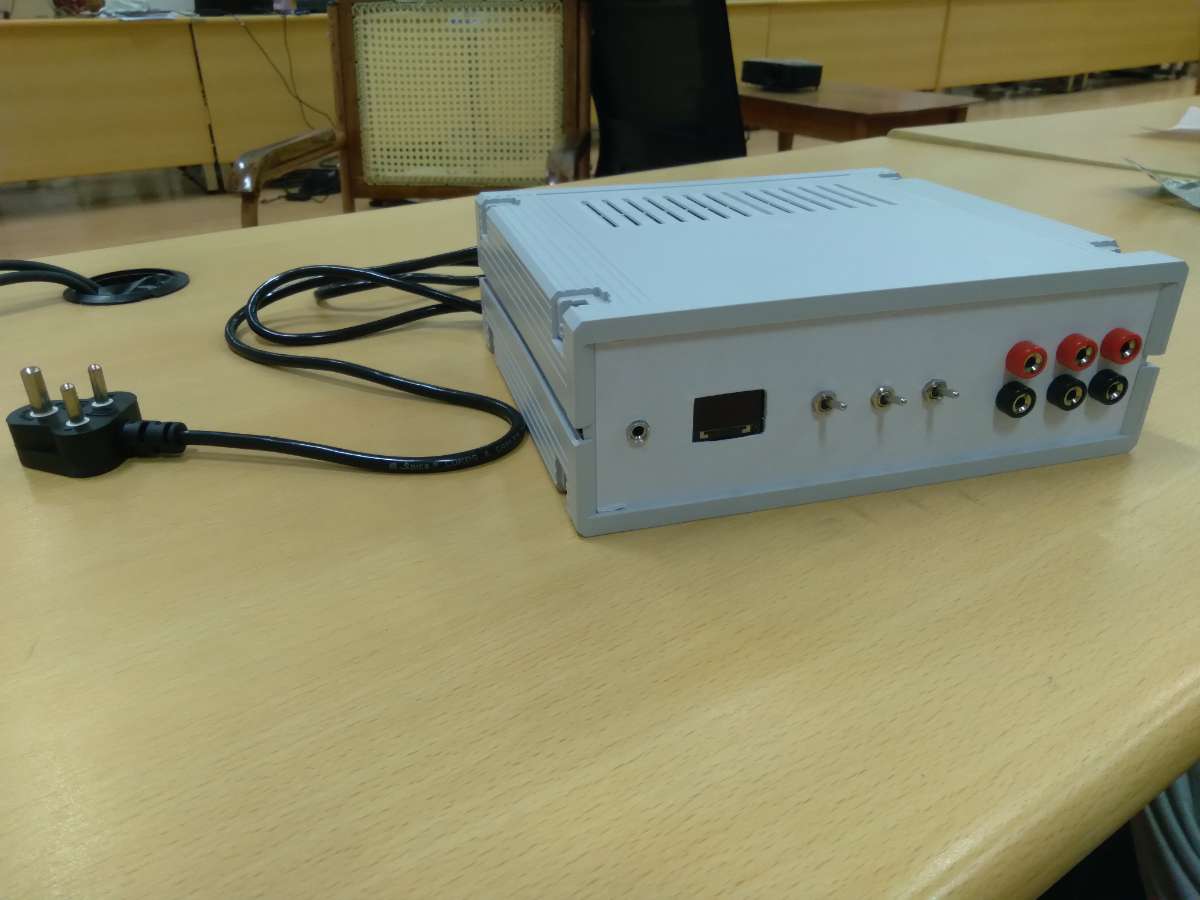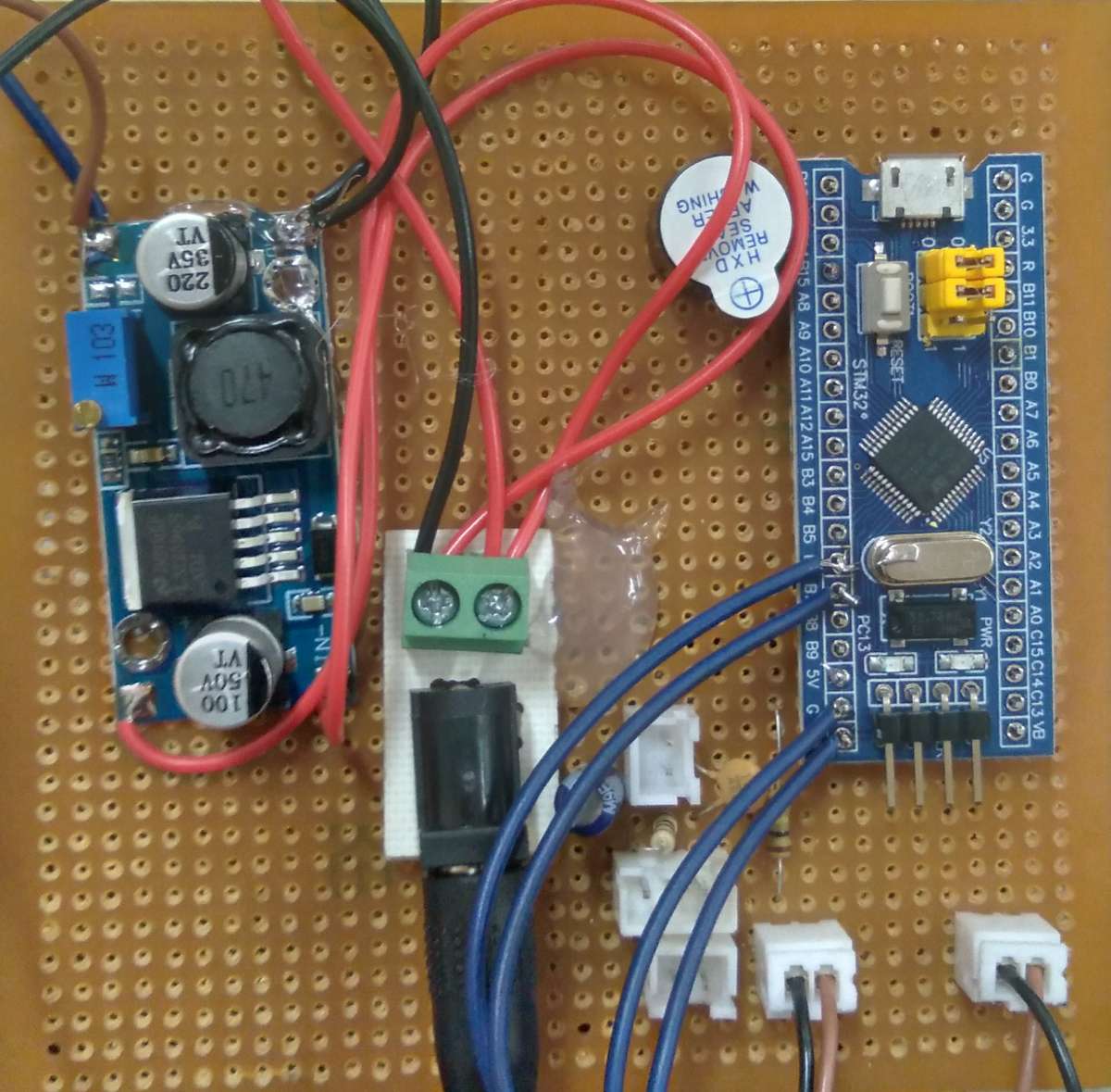Physiotherapy is a health-care (therapeutic) profession that helps people to restore, maintain, and maximize their strength, function, movement, and overall well-being. Here, the physiotherapists assist people affected by injury, illness, or disability through movement and exercise, manual therapy, education, and exercise. The manual therapy treatment is of three kinds. They are: hot therapy, cold therapy, and vibration therapy.
Hot therapy is mainly suggested for treating damaged muscle tissues, stiffness, and pain in some parts of the body due to improper blood circulation. So, hot therapy dilates the blood vessels (vasodilation) and relaxes them for the proper flow of blood, which helps in delivering nutrients and oxygen to the cells in the area being treated, contributing to healing. Here the physical therapist takes out a hotpack from a device called a hydrocollator (a big box containing water heated to about 160 degrees). The hot pack is filled with clay and it absorbs the hot water. The hotpack is then packed in a terry cloth towel and applied to the body part to be treated. As a result, the tightened muscles will get relaxed.
If a person suffers from a fracture, muscle soreness, or joint pain, alternatively, cold therapy is suggested because it speeds up the body’s recovery. Typically, to treat muscle strain or post-operative care, it can be done by using ice. A cold pack is made of rigid plastic and will be out of the freezer and can be wrapped in a towel. The pack will be placed in the area of discomfort and find a way to overcome the painful area.
Vibrations can be therapeutic, however it’s also a powerful tool for enhancing performance. The fast contractions caused by the shaking, permit your muscle mass to broaden in various ways to strengthen and reaction pace in only a few weekly sessions.
But in this innovation, all the 3 types of therapies have been consolidated into a single prototype so that the physiotherapist’s effort is reduced to a small degree. And people who undergo physiotherapy or have body pain can use this device to treat themselves. They needn’t go to the physiotherapist clinic or depend on their close ones for a massage for their body pain.
A 230-volt AC power supply is given to the device. As soon as the switch is on, the 230 volt AC power gets converted into 12 volt (2A) DC power by means of a 12 volt (2A) adapter and 12 volt (10A) DC power by means of the SMPS. The 12 volt (2A) power reaches the LM2596 IC. The power then reaches the toggle switch 1. As soon as the toggle switch 1 is switched on, the peltier module 1 gets heated, which is nothing but the onset of hot therapy. Whereas the power that has reached the IC gets converted into 5 volt DC power. The 5 volt power then reaches the toggle switch 3 and the STM32 microcontroller. A thermistor, an OLED and a buzzer have been connected to the microcontroller. Now, the temperature is detected by the thermistor. The detected temperature will be displayed on the OLED. If the temperature rises above a particular limit, the buzzer that has been used will sound in order to notify the user of the rise in temperature so that the countermeasure (simply switching off the device) can be taken. This is because if the temperature rises above the limit, it could burn the skin. As soon as the toggle switch 3 is switched on, the vibration module starts to vibrate, which is nothing but the onset of vibration therapy. The 12 volt (10A) power reaches the toggle switch 2. Once the toggle switch 2 is switched on, the peltier module 2 starts cooling down, which is nothing but the onset of cold therapy.



